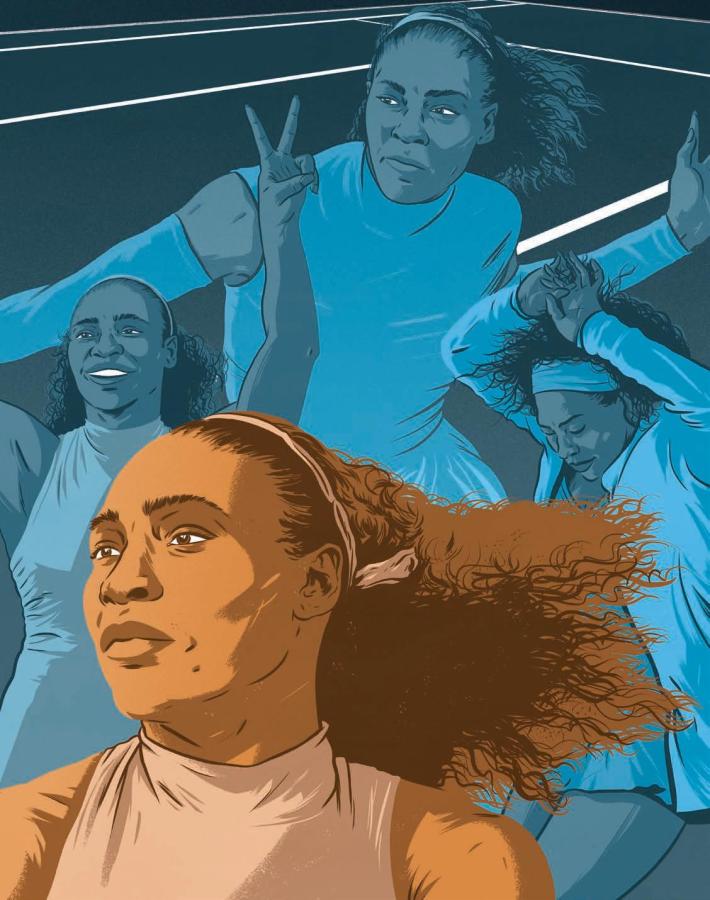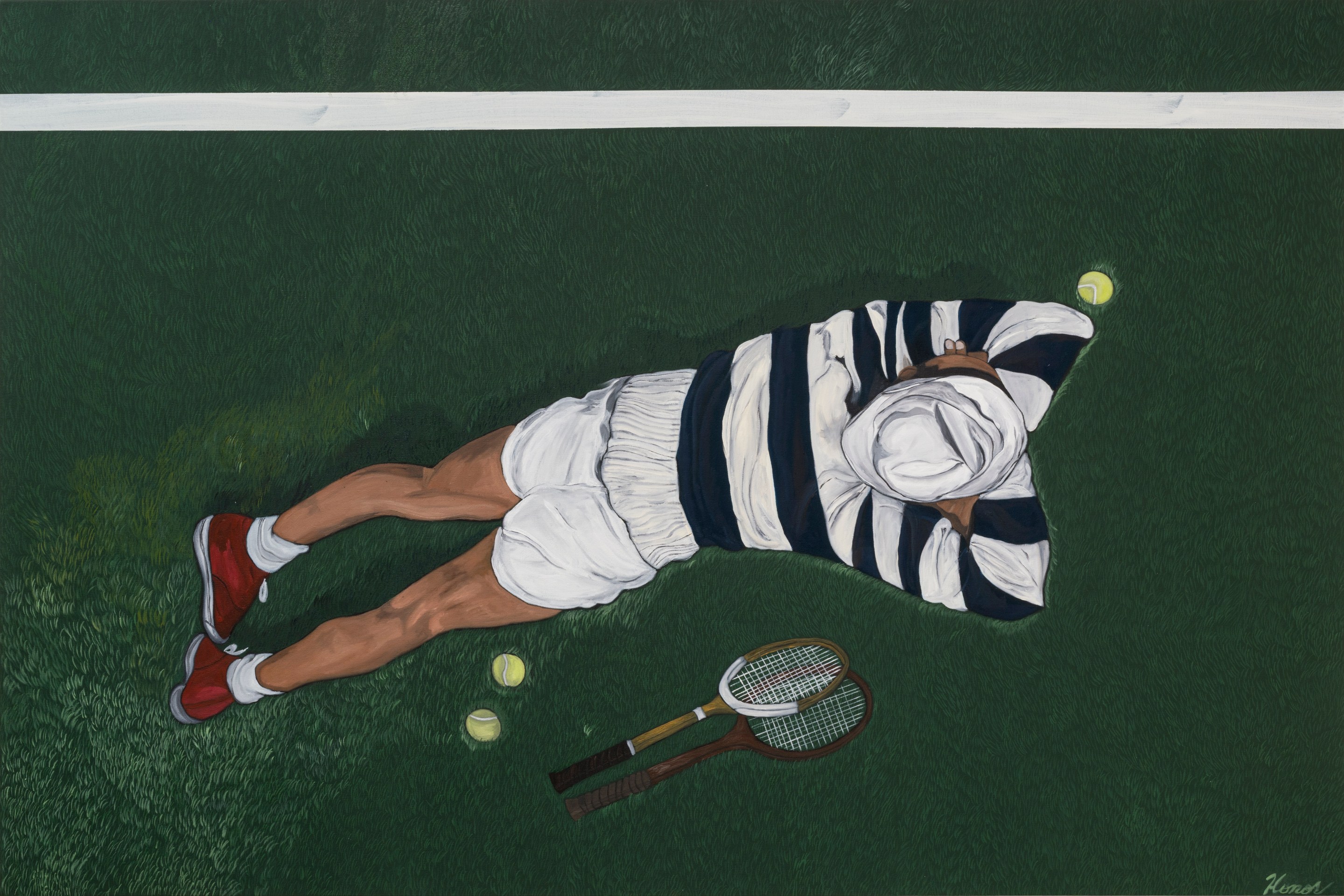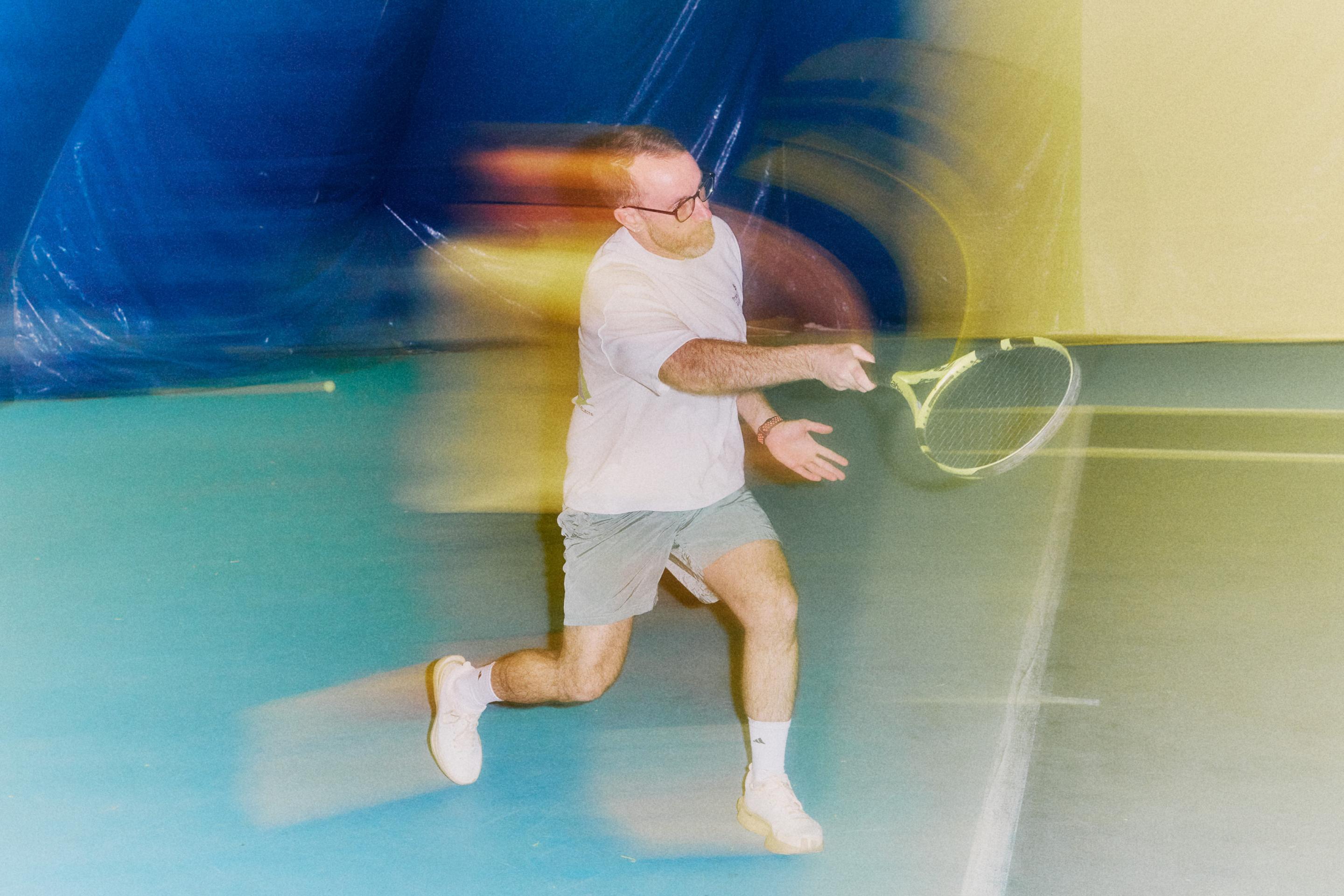I am an optimist. Until the last ball is struck, I always cling to the possibility of a comeback. But 2016 has tested my resolve. I cannot sidestep the fact that this year suggests the end of two eras that are inexorably linked in my mind.
My Obama years, now tragically terminated, were/still are my Serena Williams years—eight years that have brought me to my feet, wildly cheering in my living room, unable to believe the magnitude of what I was witnessing, and that reduced me to tears, head in my hands in shock and disbelief. I am a former professional athlete, so forgive me for conflating the sports world with the political one. But in this instance I see them together and they tell me something.
2008, the year hope came to stand for the possibility of an Obama presidency, was also the year Serena rose from the ashes of her own career, giving the lie to all those cruel—and I do mean cruel—rumors that she lacked the dedication, the enthusiasm, or the focus for professional tennis. That’s the thing about Serena: People, including some professional commentators, have always felt free to be cruel, as if the way she looks and acts gives them license to ignore her greatness.
I identified with Serena the first time I saw her play as an exuberant 16-year-old in her white Reebok tennis dress, the clacking beads in her hair setting off so much mean-spirited nonsense. (I loved and love Venus, too, but there was something unrestrained about Serena that spoke to me, something powerful and volatile, exciting, edgy, and unpredictable.) In my own modest way, I was a successful athlete who took my share of abuse for reasons having little to do with my talent, so when I saw this gifted phenom being criticized for things that were irrelevant to her sport, I sensed something disturbing at work. How could a body be “too powerful”? How did her vibrant outfits (which were, in my opinion, one of the most exciting things to happen to tennis) make her any less serious? Any less good? How could standing out in a sea of stony-eyed Russian stars and sunbaked American sweethearts be a bad thing?
Sure, we all have our favorites and our champions, and I’m okay if you prefer Lindsay Davenport or Justine Henin, even Maria Sharapova. But what people, sadly some of my friends included, said about Serena went well beyond conventional sports allegiance into the unacknowledged precincts of, let’s admit it, racism…how dare she?
There was something else beyond Serena’s talent, her style, and her swagger that drew me to her: her mental struggle.

Each time she took the court, even on one of her many magical days, the psychological battle she waged with herself was visible—something I’d never seen so vividly displayed on an athlete of her caliber. I’ve watched epic meltdowns and historic chokes, but never before had an athlete let the fans see the difficulty of mastering her emotions, of fighting back fear, panic, and frustration. Never had an athlete so clearly demonstrated the anguish that it often takes to win each and every point.
It was fascinating—raw and real. Sadly, this was a battle that Serena often lost, defeating herself more often than she was defeated by others. And when, after a brilliant, exciting period of dominance in her early 20s, she began to “decline,” as the press put it, and her ranking plummeted, I feared she would never return, and that her inner demons had won. Then, in 2008, when the market was collapsing and Obama was surging, her return to the WTA Tour began to seem real, and yes, there was hope.
In 2009, a few weeks before our first African-American president was sworn into office, Serena Williams once again became the No. 1 player in the world. This new Serena was a better, flashier, more profound player and person than she’d been before her absence from the game. Her body was bolder too. Her clothes brighter, tighter—outfits I might have worn to a nightclub. Her game now possessed a power and elegance, an often overlooked facility with delicate ball-placement never seen before in the women’s game, perhaps not even in the men’s.
Of course, her reascendancy came with the same hateful chorus that had dogged her first great run. While Obama was running for president and Serena was reclaiming the top spot in the WTA rankings, I was working at a private club where it was not uncommon to hear comments about the presidential candidate that had little to do with his politics and everything to do with his looks and his unusual name.
From commentators to tournament directors to the guy on the treadmill next to me at the gym, her body, her style, and her race were still on trial.
The same, of course, was true for Serena, who was busy dispensing with a few blond pretenders to her crown.
But then Obama was elected, and his triumph was heralded as the beginning of a postracial era of hope and openness where matters of race might cede to those of talent. It wasn’t long before the terrifying awareness emerged that not only do we not live in a postracial world, we live in one far more racially toxic than we’d ever imagined. Despite her growing pile of Grand Slam trophies, Serena was certainly a case in point. From commentators to tournament directors to the guy on the treadmill next to me at the gym, her body, her style, and her race were still on trial.
This second wave of Serena’s career invited its share of controversy. She is a player who doesn’t censor her emotions, doesn’t do the things that are expected of a tennis player, the things that might curb the nonstop critiques of her supposed “masculinity,” her “aggression”—in other words, her blackness. On court, she unleashes her anxieties, flaunts her frustration with herself, the crowd, and of course a few linespeople. In other words, she continues to bring a realness to the game while also demonstrating the vulnerability that shadows her godlike skill. (Interestingly, our president occupies the other end of the spectrum of public behavior by being a paragon of restraint. And where does that get him? It too drives his detractors nuts.)
The fact is I cannot imagine any true athlete who has not, at some point, wanted to let fly at the people who, wittingly or unwittingly, interfere with her success. And it doesn’t make other competitors better for not having done so—rather, in my opinion, it makes them less human, less accessible and understandable. For, regardless of the fact that Serena is the Greatest of All Time, regardless of her superhuman talent, she is very much a complete person, a real one.
And this is perhaps one of Serena’s greatest achievements. During her near-perfect season in 2015, there was a cultural transformation.

Her greatness became undeniable, even to her detractors. She grew bigger than the sport of tennis, and her run at history—capturing the calendar Grand Slam—became a necessary and powerful antidote to the horrific year that saw the deaths of Michael Brown and Eric Garner, among too many others.
Yet at the final hurdle she faltered, not winning the Grand Slam as she should have done, but falling to an incomprehensibly weak opponent, defeating herself rather than being defeated, letting the season’s anxiety, the world’s expectations, get the better of her. And in the end, being very much Serena.
I cried. I turned off social media. I refused to read the sports blogs or watch television. As devastated as I was, I was even more concerned that the public would turn away from her, and that the national, even global, love, honor, and respect that had come far too late in her career would evaporate.
But it didn’t. The public did not turn away. Instead she had coached us into understanding the struggle it took to win each point, each game, set, match, and of course tournament. She’d taught us that with every struggle comes the possibility of failure. She’d taught us what it meant to be not simply an athlete but also human.
What emerged after the unfortunate end to one of the most remarkable seasons in sports history was the broad public agreement that not only might Serena be the Greatest of All Time, but that her greatness cannot be confined within white lines, green grass, red clay, and Har-Tru. Just as our African-American president’s popularity is soaring for the first time in his eight years because, finally, there is a broad public awareness that he has changed the game of American political life by playing it with his own strange brand of dignity and grace, so has Serena’s greatness—which I’ll pretend I glimpsed nearly two decades ago, but which really emerged in the past eight years—changed not simply another game, but the way we see and appreciate the power of a female athlete and, more important, a strong woman.

Ivy Pochoda is a former world-ranked squash player and the author of the novel Visitation Street.
This article originally appear in La Liberation in August 2016 as part of a series in which American writers reflected on their Obama years.
Featured in Racquet Issue No. 2





